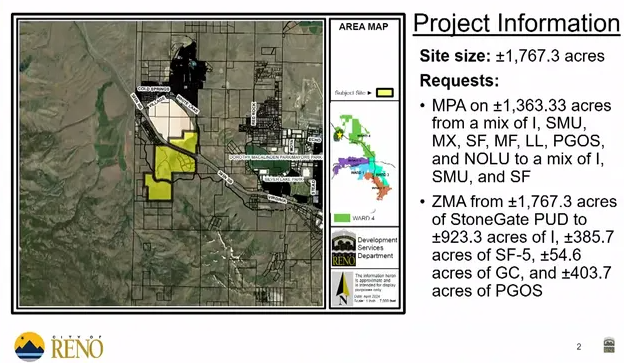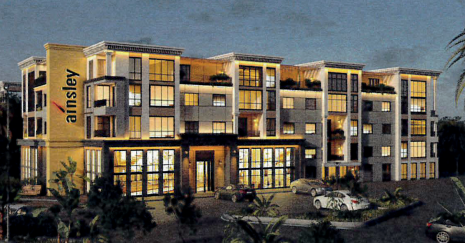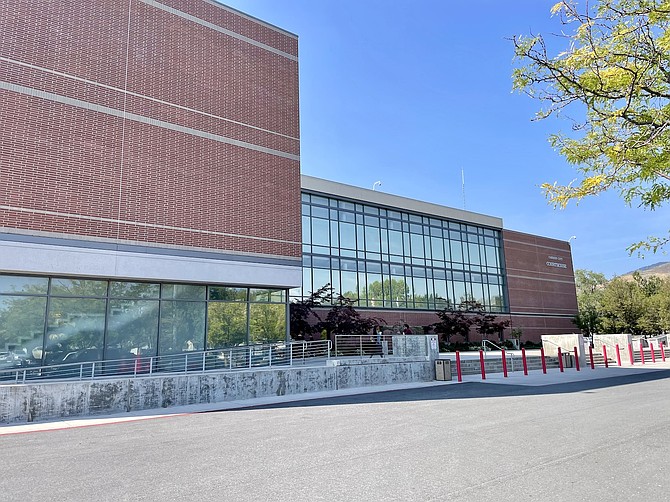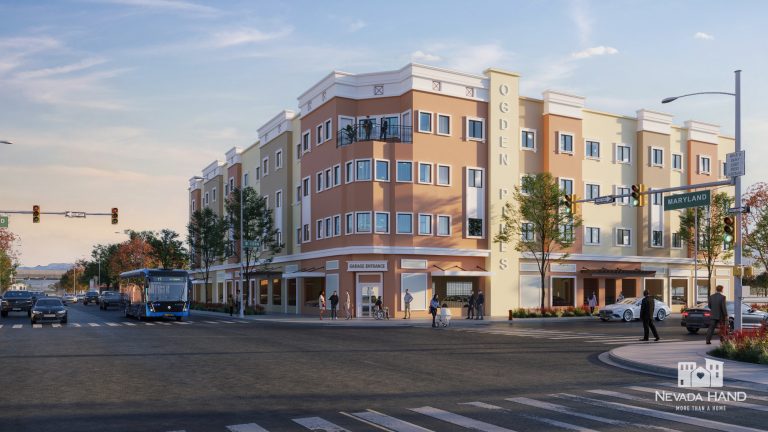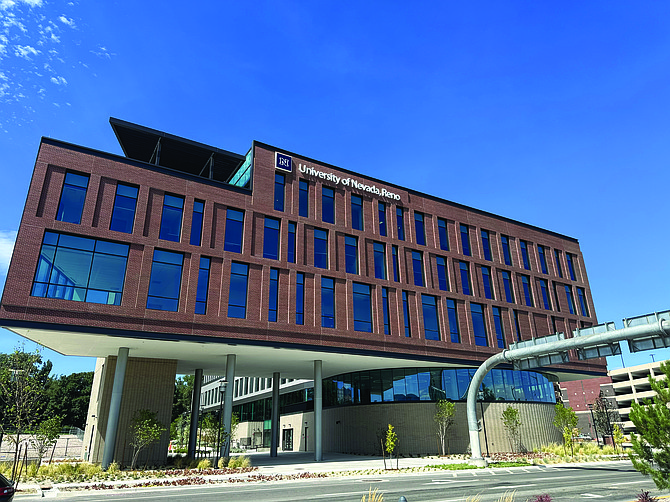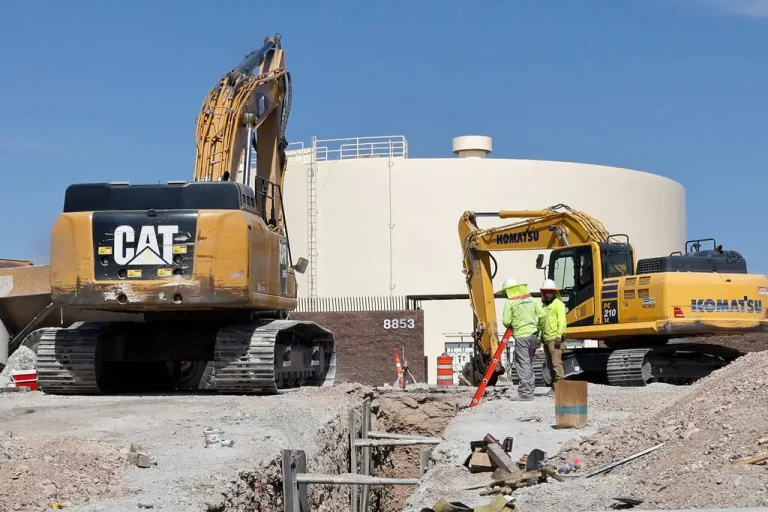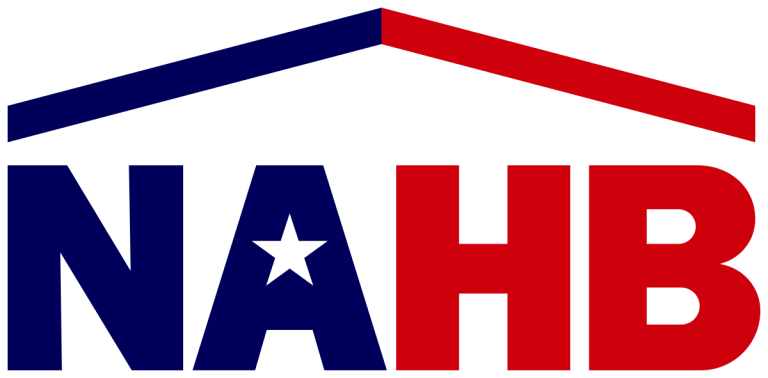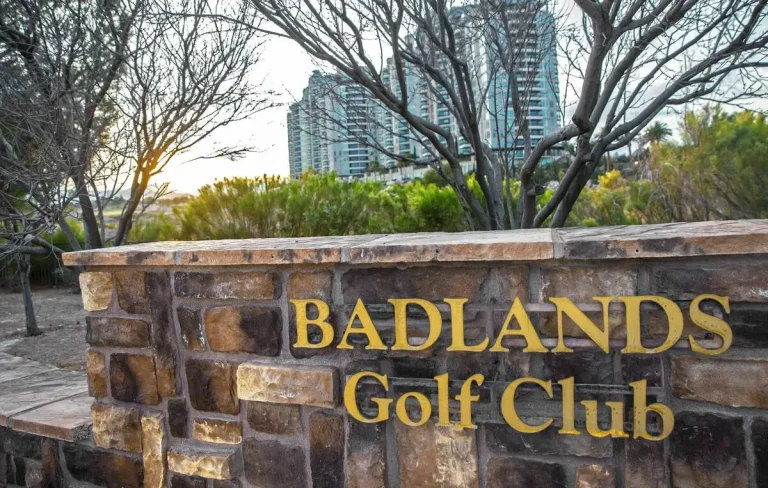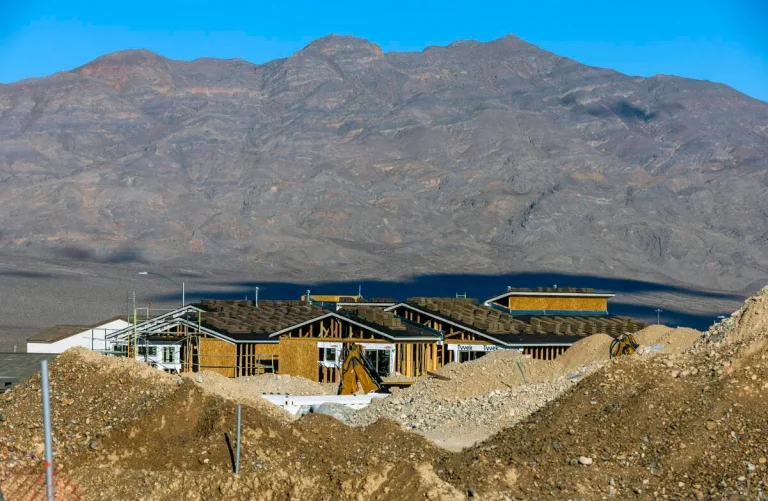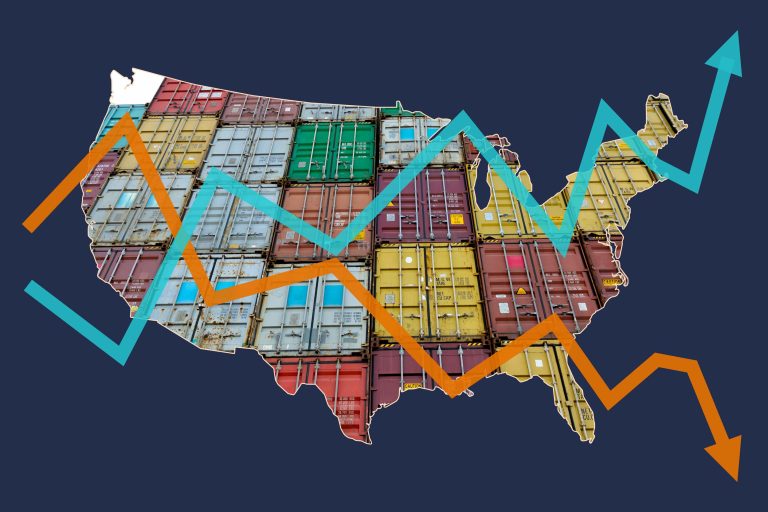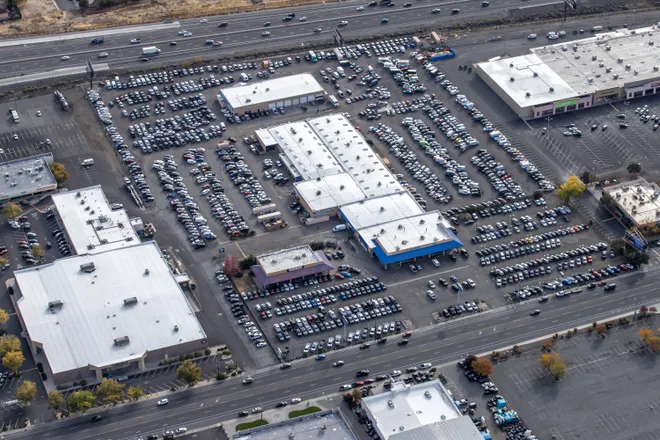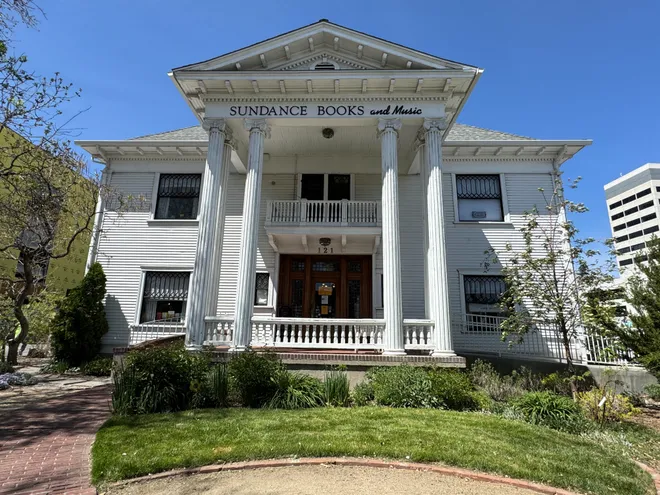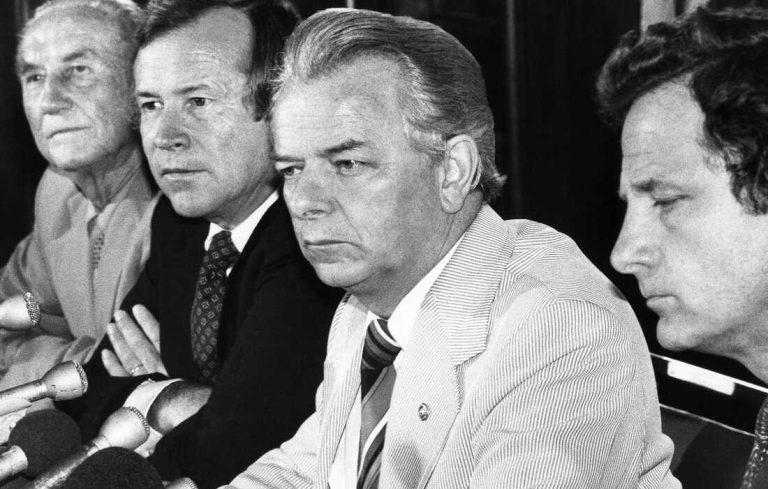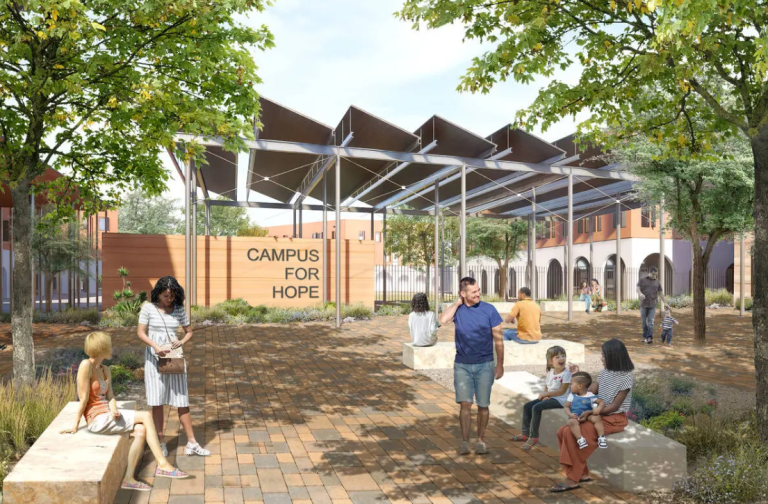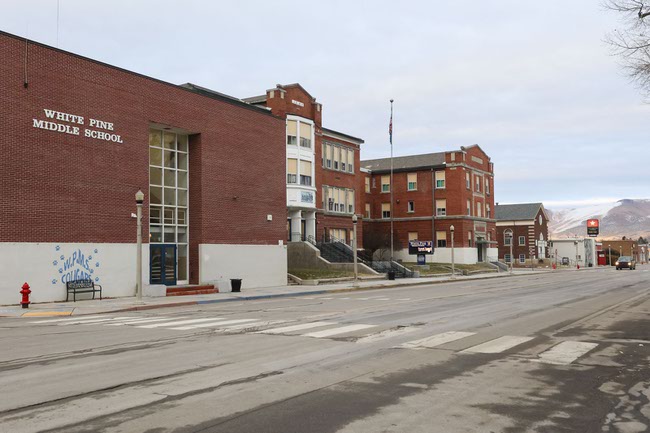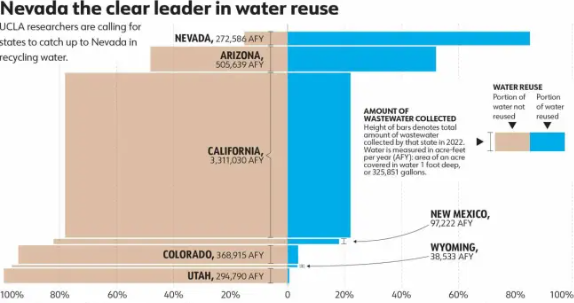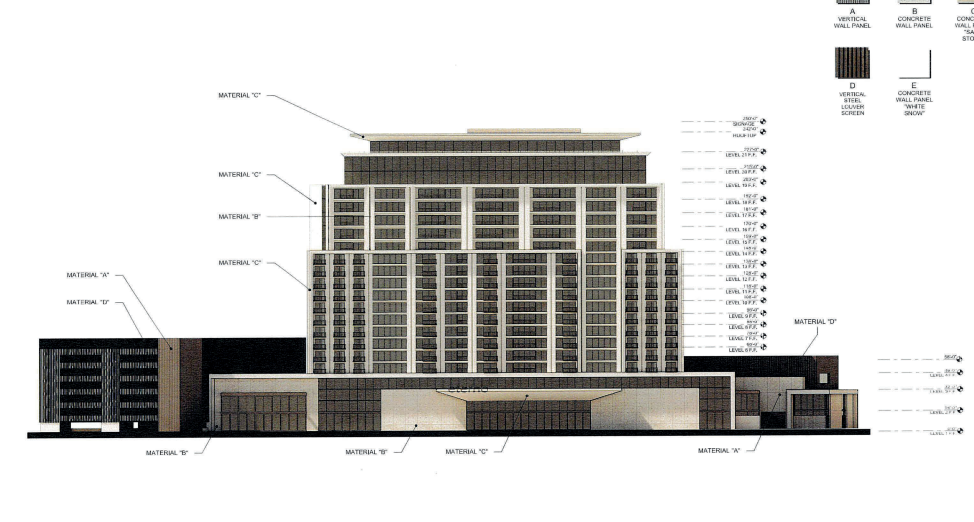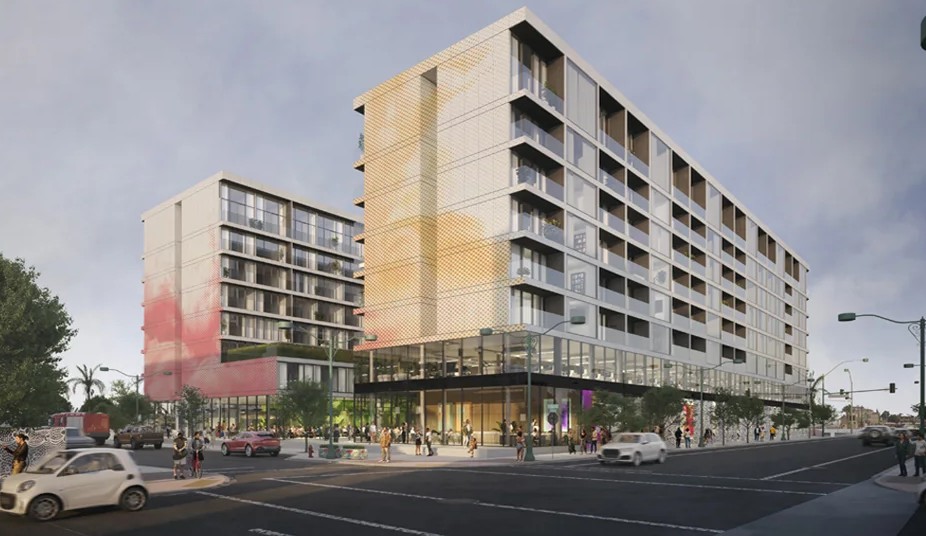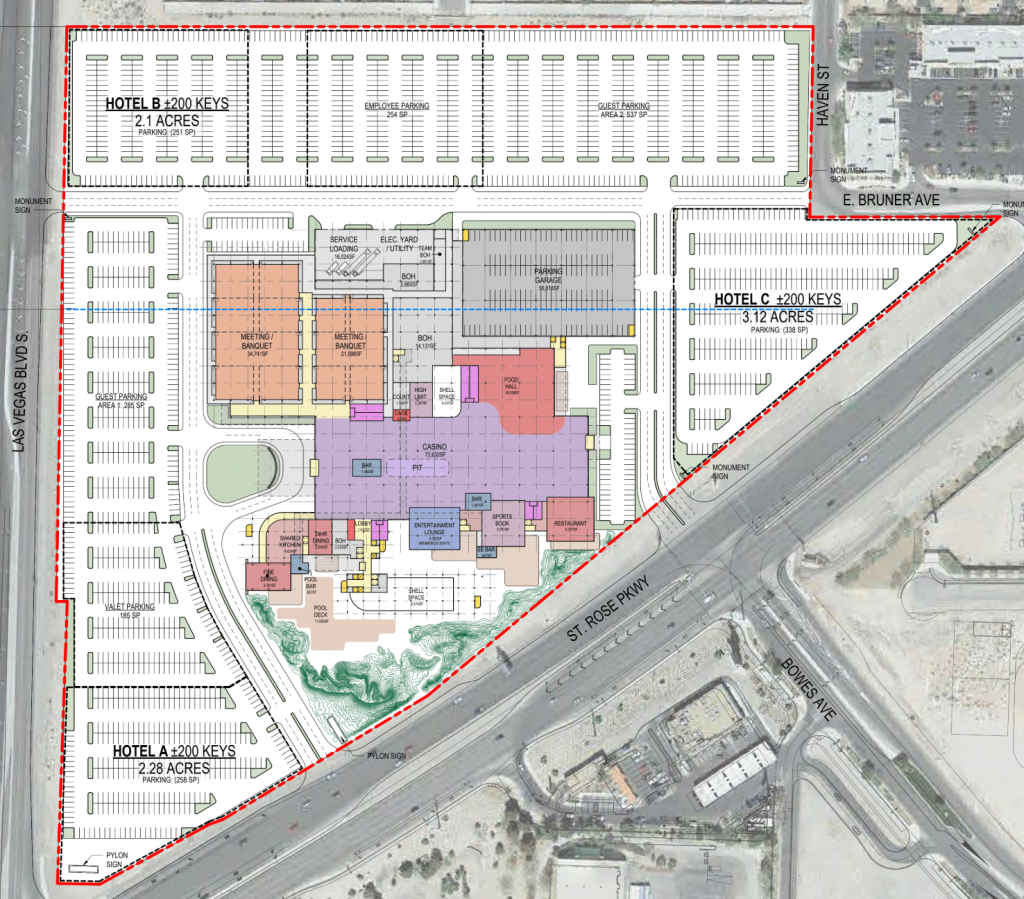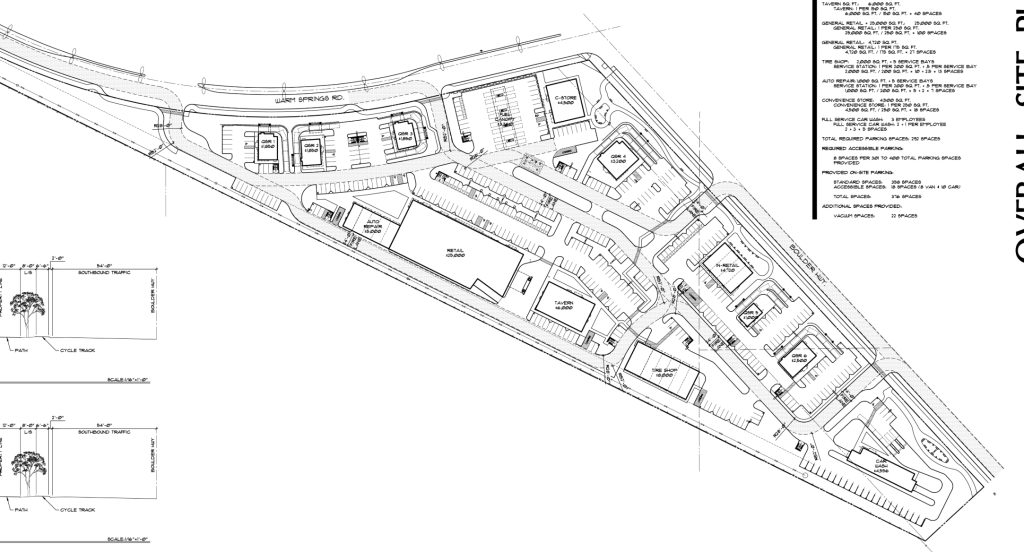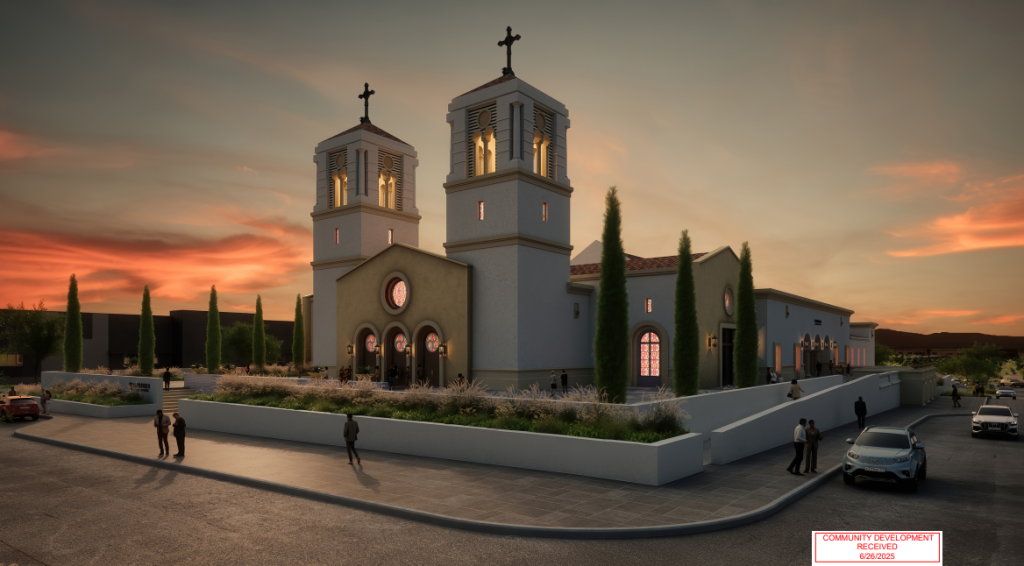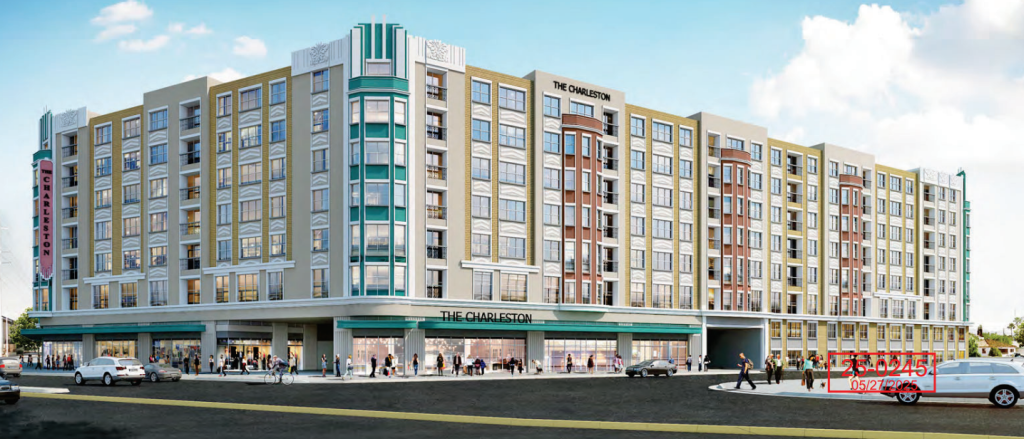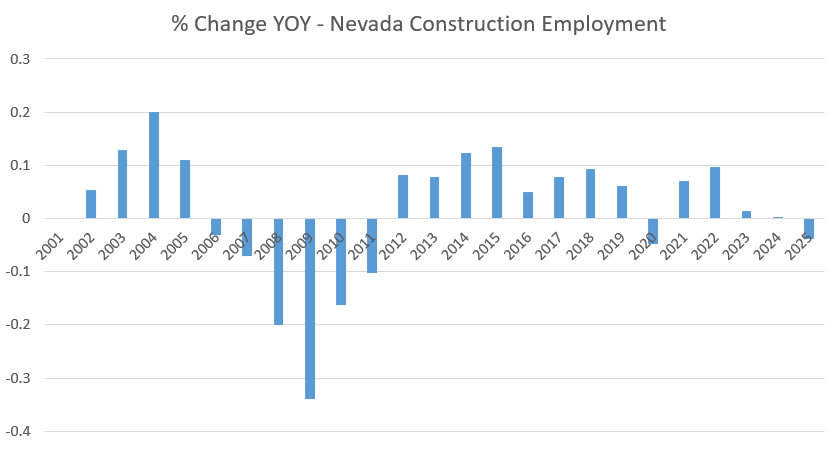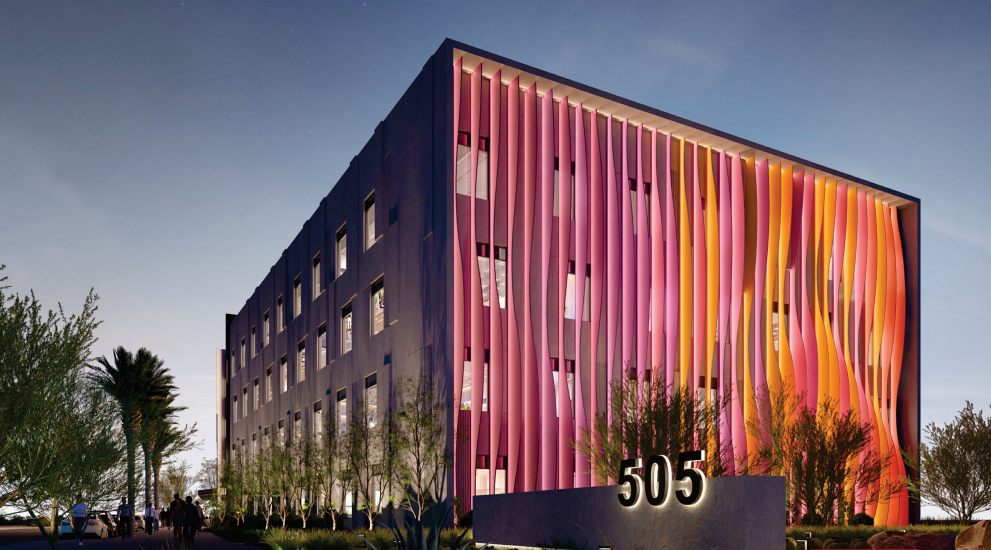The Sparks City Council recently granted the Reno Housing Authority approval of its conceptual development proposal for a two-story, 12-unit affordable housing apartment complex at 2026 I St.
I Street Apartments will feature one-bedroom and studio units. Parking will be provided via an onsite lot and additional nearby street parking. The surrounding area is comprised of other multifamily properties and a handful of single-family homes.
RHA will serve as both the developer and property manager. The Authority will repurpose one of its recent designs to minimize costs and streamline the planning process. RHA is also considering modular or prefabricated construction methods.
The apartment complex will include an outdoor gazebo/picnic area, and each unit will feature a private balcony/patio. The entire project is expected to cost $5.4M.
The complex is intended to accommodate workers making 50% of the Area Median Income or less. Project-Based Vouchers will be used to provide stable housing to residents regardless of their initial income level. The intention of the development is to support residents as they approach self-sufficiency.
Timeline
RHA provided a timeline that indicated much of the preconstruction work will occur throughout the remainder of 2025. Permitting and community engagement are also to occur throughout the year.
In the first half of 2026, the design will be completed; contractors will be selected, and materials will be procured. The site will also be prepared for construction. Groundbreaking is anticipated to occur in the second half of 2026.
RHA will return to City Council once the design is finished to seek approval for construction.
Construction is expected to finish in the first half of 2027, with certificates of occupancy to follow soon after. Leasing is to start around the mid-point of the year.
Benefit to Local Community
The Nevada Housing Division’s 2022 Annual Housing Progress Report found that Washoe County needs 45,270 affordable housing units. At the time, there were only 8,739 units.
The Federal Financial Institutions Examination Council also deemed the area “low-income,” as 28.18% of its population is living in poverty.

